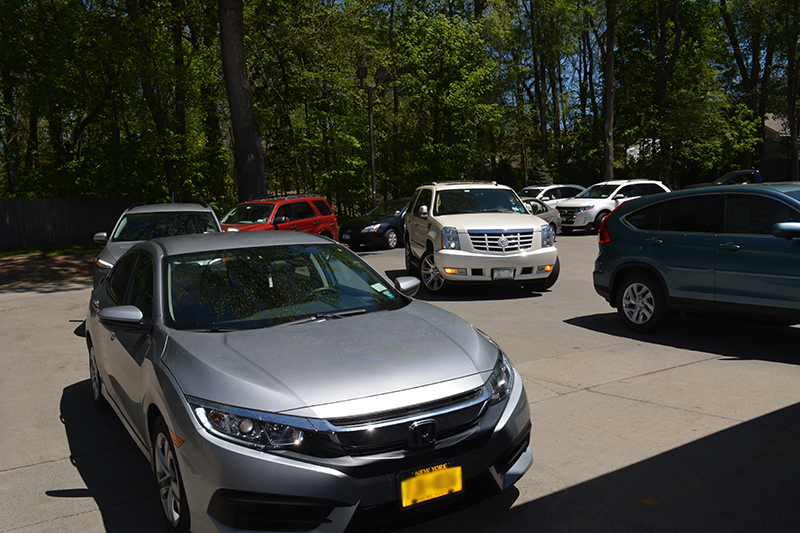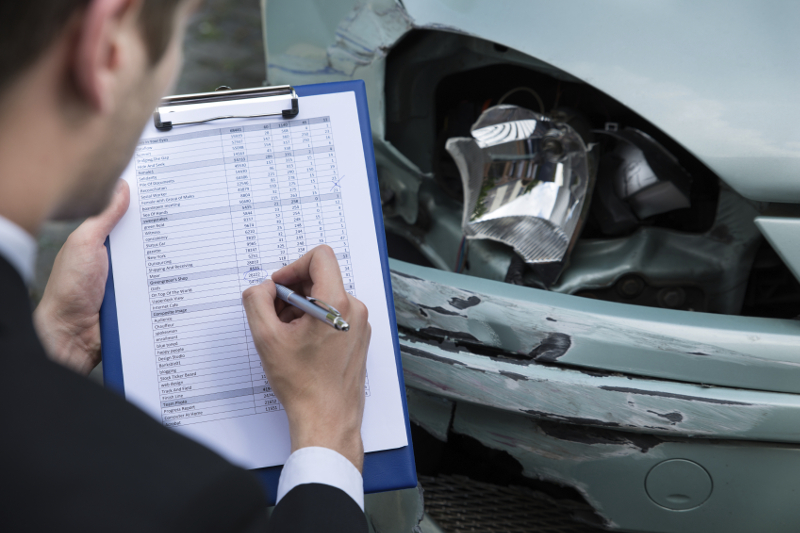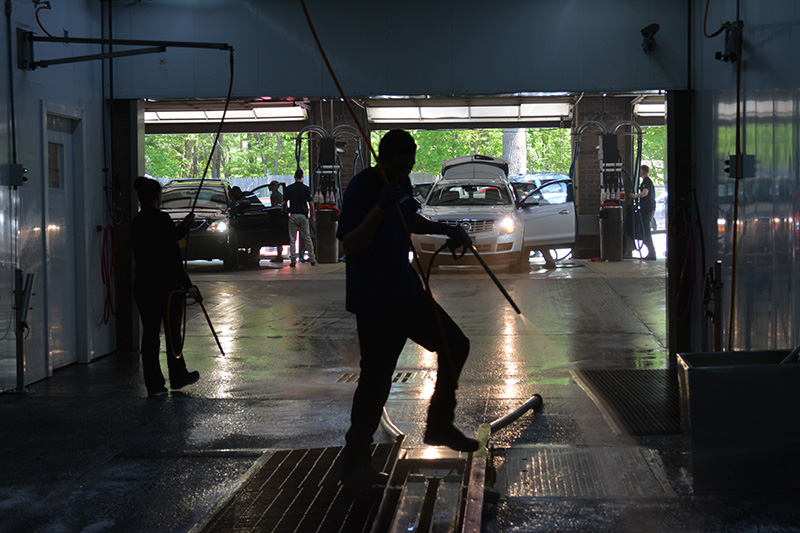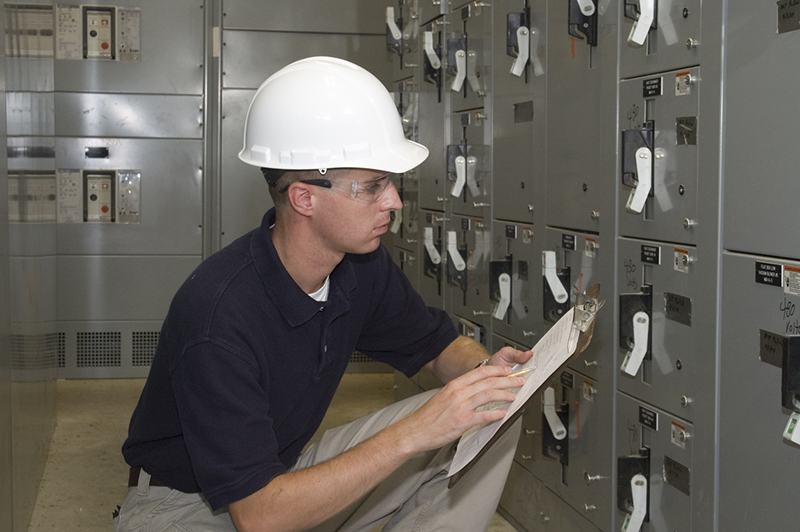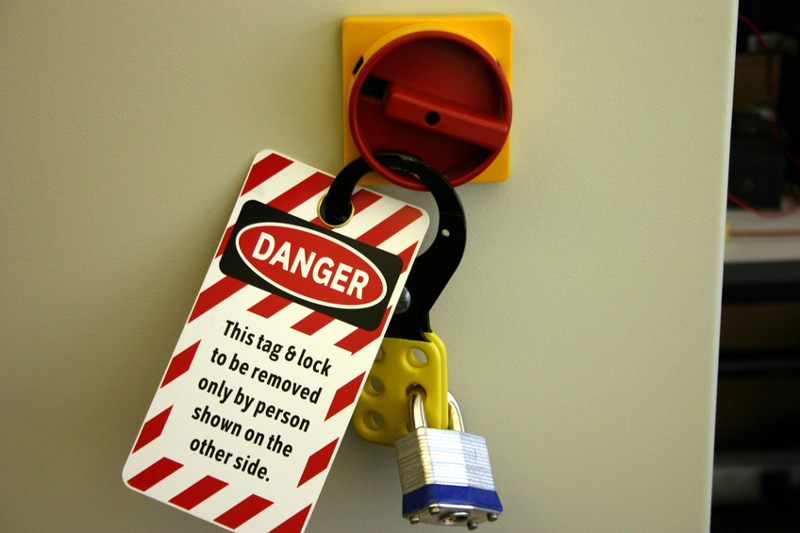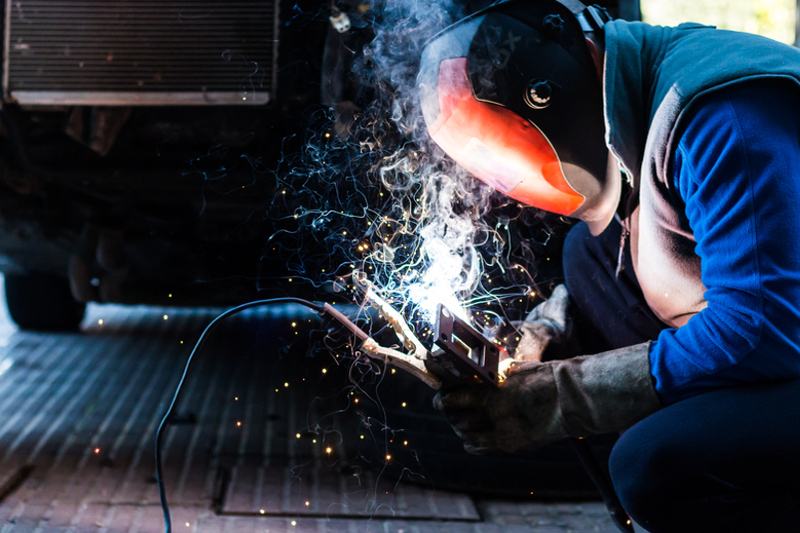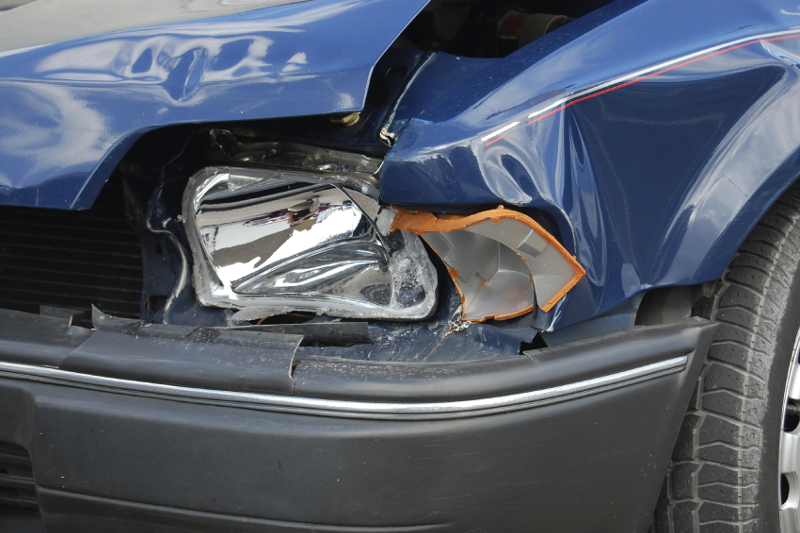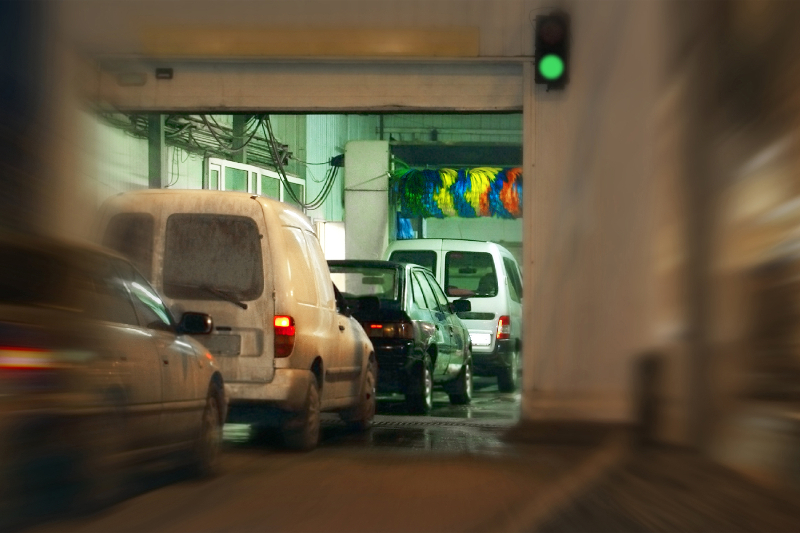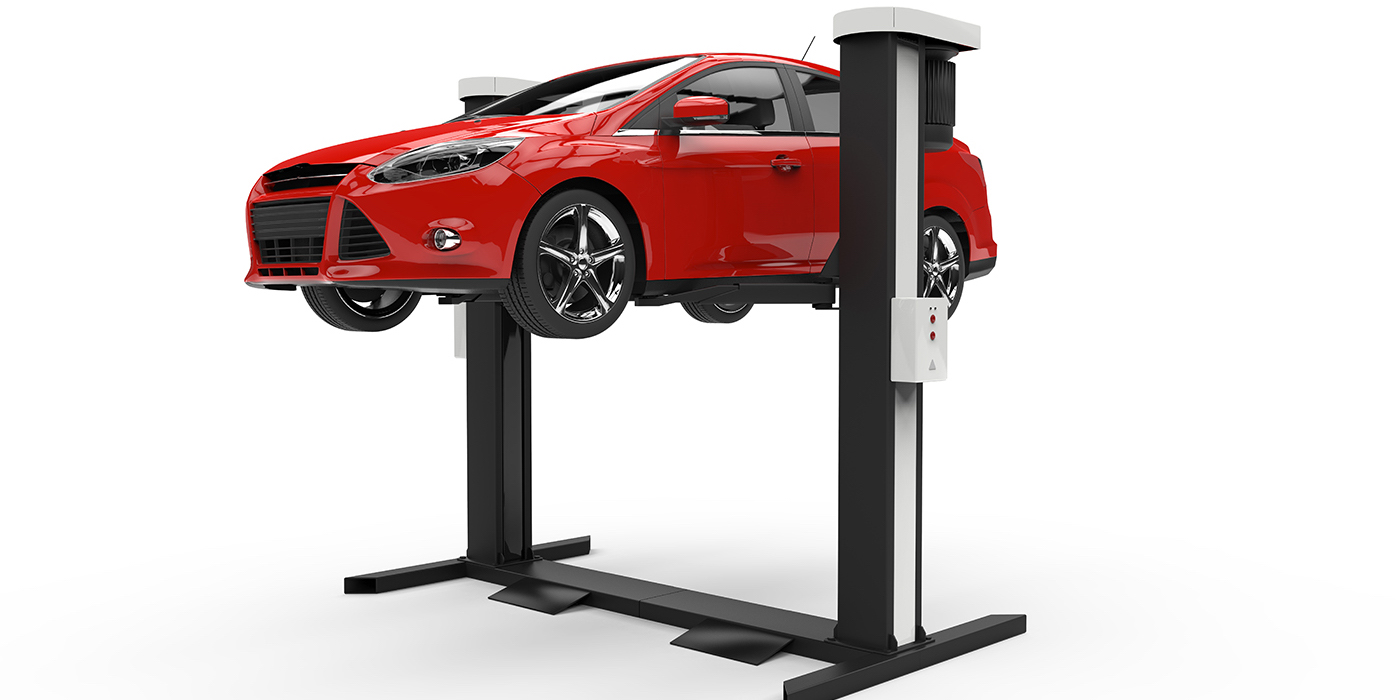Making the most out of an unusually large traffic day at your carwash is a major step towards reaching your company’s financial goals. It could be great weather after a nasty storm, a highly successful promotion or just one of those times when a number of things fall perfectly in line to generate a high number of cars at the wash. Whatever the reason, carwash operators constantly strive to maximize their high-volume days. Like a surfer riding a spectacular wave, the mission is to keep it going as long as possible. It’s difficult to predict when the next great ride will develop, and capitalizing on the advantages when they do happen is crucial to making it to the next one.
While optimizing high-volume days is a good business practice, it can lead to potential safety hazards. These periods of surging production have often shown to produce a corresponding upturn in claims activity. This affects both customers and employees alike, not to mention your bottom-line profits.
How frustrating and unproductive would it be if during these busy times the wash was forced to shut down due to vehicle damages, injured employees or injured customers? A good thing could easily turn into disaster.
The following bullet points are intended to list some high-volume safety concerns that often go undetected or unaddressed. Please consider these hazards and the dangers they pose to the wellbeing of employees and customer:
- Higher conveyor speeds
- Spacing cars closer together to accommodate more cars traveling through the tunnel
- Employees have a higher tendency to take shortcuts
- Increased staffing levels and more employees on the floor
- Longer working hours, meaning more employees working at a diminished capacity
- More vehicle traffic, meaning more perilous driving conditions
- Temptation for non-designated drivers to volunteer to drive without authorization
- More pedestrians creating additional foot traffic on the property
- Heavier transfer from cars, causing expanded areas where slippery conditions might exist
- Lack of compliance with safety practices for the sake of faster service.
I’m certain you can come up with many more serious items to add to this list. However, the message to take away is that during those times when heavier traffic conditions exist, there are several considerations that must be addressed to ensure sustained safety for your employees and customers. Without a specific solution to counteract the escalation of these dangerous conditions, it would be simple to lose control. It’s important that your employees perform the same way whether the traffic at the car wash is abnormally slow or spectacularly busy. Train on slow days to minimize the danger levels, but the staff should know that all safety processes are designed to apply uniformly regardless of traffic. Instill in your staff a zero-tolerance policy when it comes to violation of written safety procedures, busy day or not.
Act today to control and manage any additional hazards before they adversely impact your wash’s wellbeing relative to customers, employees and your financial position.

